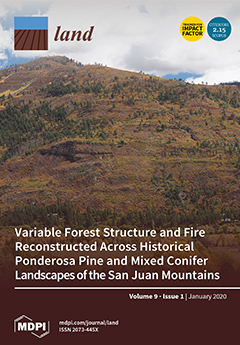Resource information
Growing domestic and international ethanol demand is expected to result in increased sugarcane cultivation in Brazil. Sugarcane expansion currently results in land-use changes mainly in the Cerrado and Atlantic Forest biomes, two severely threatened biodiversity hotspots. This study quantifies potential biodiversity impacts of increased ethanol demand in Brazil in a spatially explicit manner. We project changes in potential total, threatened, endemic, and range-restricted mammals’ species richness up to 2030. Decreased potential species richness due to increased ethanol demand in 2030 was projected for about 19,000 km2 in the Cerrado, 17,000 km2 in the Atlantic Forest, and 7000 km2 in the Pantanal. In the Cerrado and Atlantic Forest, the biodiversity impacts of sugarcane expansion were mainly due to direct land-use change; in the Pantanal, they were largely due to indirect land-use change. The biodiversity impact of increased ethanol demand was projected to be smaller than the impact of other drivers of land-use change. This study provides a first indication of biodiversity impacts related to increased ethanol production in Brazil, which is useful for policy makers and ethanol producers aiming to mitigate impacts. Future research should assess the impact of potential mitigation options, such as nature protection, agroforestry, or agricultural intensification.


